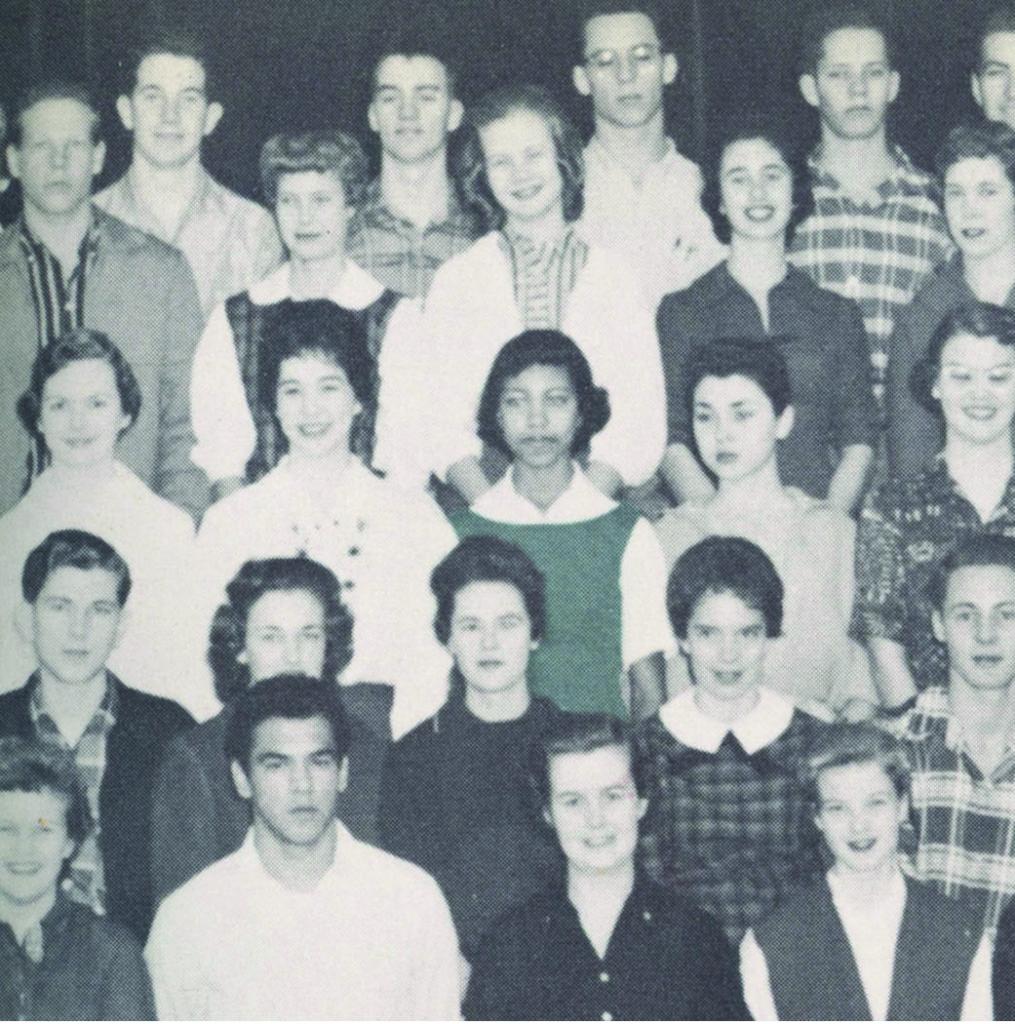Ceremony Honoring Joan Means Khabele

We invite the community to come together for a ceremony at Barton Springs Pool on Saturday, April 9 from 10:00 a.m. to 12:00 p.m. to honor Joan Means Khabele. Her courageous act of swimming in Barton Springs to protest segregation at the pool sparked the civil rights era swim-ins that eventually led to the desegregation of Barton Springs Pool. There will be free entry to the pool before 12 p.m. and free valet parking from 9 a.m. to 1 p.m. Please note that swimming will pause from 10 a.m. to 11 a.m.
The event will include a proclamation, speakers, and water blessing ceremony performed by Geraldo Perez. The PBS documentary featuring Khabele talking about her swim at Barton Springs will be screened at the pool. Additionally, there will be listening booths set-up for community members to share oral histories and personal experiences regarding race and Barton Springs. The oral histories will become part of an exhibit, virtual and physical, that will be featured on site at the Beverly S. Sheffield Education Center. Over the next few years, Austin Parks and Recreation will continue to collect diverse stories to tell the full history of Barton Springs. This is just the beginning.

Joan Elizabeth Means Khabele was an activist and scholar from Austin. Born at Holy Cross Hospital in East Austin, she attended Blackshear Elementary School and Kealing Junior High. She was among the third group of students to integrate Austin High School in the late 1950s. In her senior year, she was a student leader in activism that led to the integration of Barton Springs and Zilker Park. After not being allowed to swim at her high school senior picnic, she was the first Black person to jump into Barton Springs Pool in an act of civil disobedience. In doing so, she sparked a movement of swim-ins that took place on a weekly basis throughout the summer of 1960.
In this interview with Austin PBS, Khabele describes the measures she and others took to desegregate the iconic Austin landmark.
